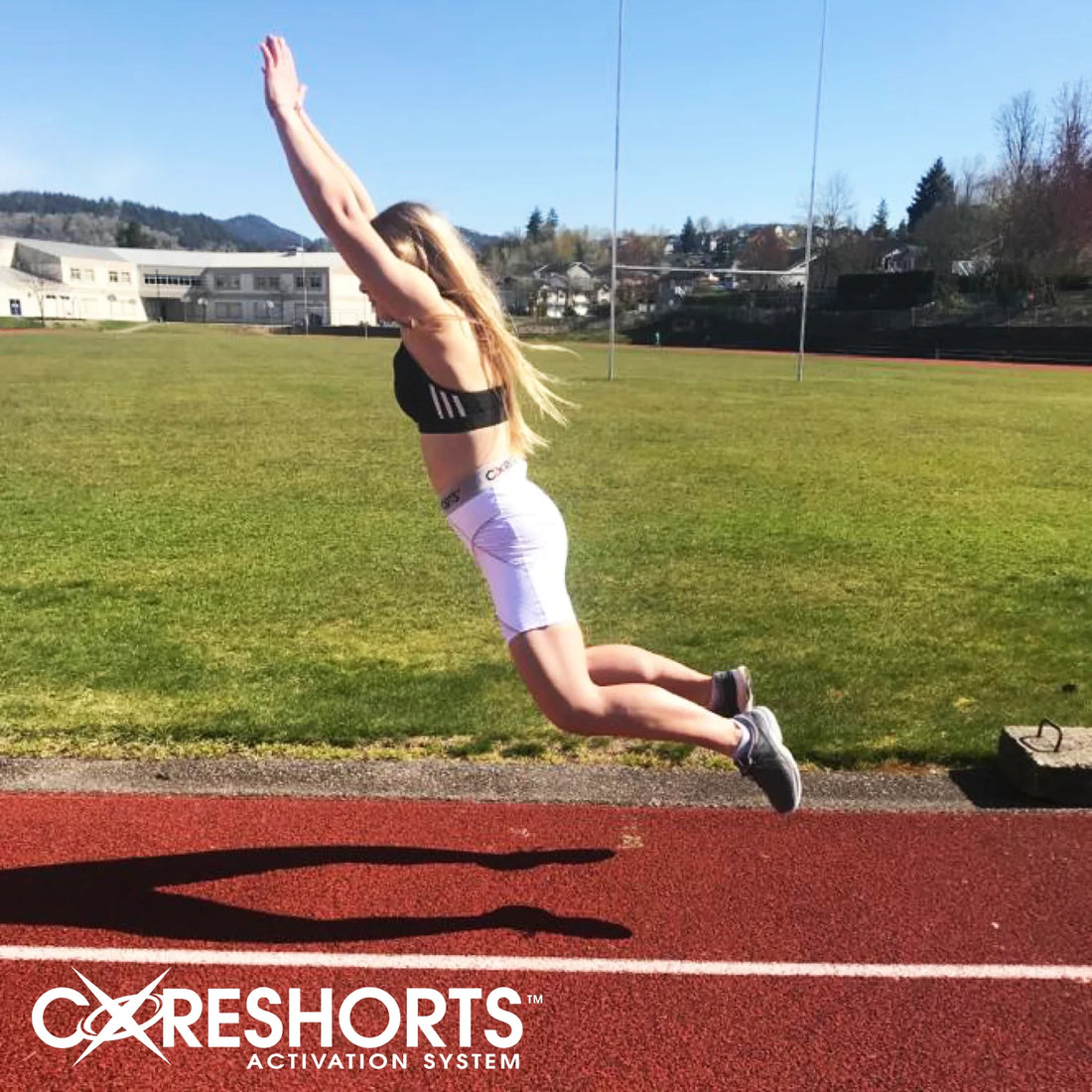If you’ve ever gotten totally breathless or reached your max heart rate during a workout, you already know how anaerobic exercise feels! Literally meaning “without oxygen,” anaerobic exercise works your body at such a high intensity that your cardiovascular system can’t deliver oxygen to your muscles fast enough, causing your body to rely on other energy sources.
That doesn’t sound like a good thing, but anerobic exercise can actually be a beneficial part of your training program. By adding exercises like high-intensity interval training, sprints, and heavy weight training to your workouts, you can build lean muscle and improve your endurance, allowing you to perform better at other forms of exercise or sport.
The Science Behind Anaerobic Exercise
While aerobic exercise uses oxygen for fuel, anaerobic workouts utilize the glucose stored in your muscles, which is known as glycogen. In a process called glycolysis, your body produces lactic acid to breakdown the glycogen and convert it to energy. But, too much lactic acid can cause muscle pain and fatigue, which is why anaerobic bursts should only last for a few seconds to a few minutes.
By including regular anaerobic exercise into your workouts, your body will improve its ability to tolerate lactic acid and be more efficient in eliminating it. This happens due to increases to your anaerobic threshold (or lactate threshold), which is the highest exercise intensity that you can tolerate for a sustained period of time.
The Benefits of Anaerobic Exercise
Here’s everything you need to know about this calorie-torching, endurance-building type of exercise.
If anaerobic exercise sounds intense, that’s because it is! But, the benefits to your overall health may be enough to motivate you to powering through your next workout. Here are just some of those benefits:
- Boosts energy by increasing your body’s ability to store glycogen
- Builds stronger muscles
- Burns fat
- Improves your athletic ability
- Improves your mood
- Improves endurance
- Increases your bone strength and density
- Increases your metabolism
- Lowers your blood sugar
- Protects your joints against injury
- Reduces your risk of diabetes and heart disease
Adding Anaerobic Exercise to Your Workout Regime
While many athletes already incorporate anaerobic training into their exercise programs, everyday exercisers can see benefits to their overall fitness from it as well. While it may seem intimidating at first, the biggest difference between anaerobic exercise and aerobic exercise is the intensity at which you’re working.
That said, please be aware that going too hard or too fast could result in injury, so we recommend that you consult a physician or certified health professional to help you establish a program based on your medical history and personal goals. It’s also a good idea to start with aerobic interval training offered by a beginner interval workout. And, remember, that you will need a full day of recovery after each workout.
Types of Anaerobic Exercises
There are a variety of exercises and movements that require short bursts of intense energy, including cardio exercises or dynamic strength training options, such as:
- Certain types of kettlebell training
- Climbing hills
- Fartlek training
- High-intensity interval training (HIIT)
- Intensive and fast skipping (with a rope)
- Isometrics
- Jumping
- Lunges
- Metabolic conditioning
- Plyometric training
- Powerlifting
- Sprinting (running sprints and swimming sprints)
- Tabata training
Add CORESHORTS™ To Support Your Workout
If you are performing strenuous exercises, your body needs all the support it can get. That’s where CORESHORTS™ comes in!
CORESHORTS™ patented design and stability function make them the first choice for many professional and recreational athletes for this type of training. “The more you move, the better they work.”
Unlike other compression garments, CORESHORTS™ presents a new industry standard. The patented Core Activation System “X” design utilizes a series of strategically angled elastics to produce the first anatomically correct compression short. CORESHORTS™ mimic the functional anatomy of the core area (the body's anterior and posterior diagonal sling systems) while also providing compression.
CORESHORTS™ feature diagonal elastics that cross from the hip to the opposite mid-thigh in the front and back. The waist area is circumferential providing pelvic compression, and tension is created for both unidirectional and multidirectional movements. All of this means that CORESHORTS™ offer you added support, improved performance, and injury prevention!
*Disclaimer: Please note that the information provided in CORESHORTS™ blogs do not replace individual advice from health professionals. Please consult your physician/health professional before starting a new fitness program.

